The Hidden Dangers of Mold Growth in Commercial Spaces
Discover the hidden dangers of mold in commercial buildings, including health risks, structural damage, and costly liabilities. Learn how modern technologies like UVC and hydroxyl systems can enhance mold prevention and remediation.

Revolutionizing Disinfection: The Science Behind Hydroxyl Radical Technology and Its Unmatched Efficacy
Revolutionizing Disinfection: How Hydroxyl Radical Technology Outperforms Traditional Methods
Hydroxyl radical (OH˙) technology is transforming hygiene standards across healthcare and high-risk environments by offering a powerful, chemical-free method for eliminating bacteria, viruses, and biofilms from air and surfaces. Backed by peer-reviewed studies, OH˙ systems harness advanced oxidation processes (AOP) to oxidize microbial proteins and DNA, achieving over 99.99% pathogen reduction in some cases—without toxic residues. Unlike conventional disinfectants, hydroxyl radicals operate at extremely low concentrations (0.8 mg/l) and are up to 10,000 times more efficient, with proven success in dental clinics, hospitals, and other critical settings. Safe, sustainable, and highly effective, this technology is redefining how we think about disinfection.

Why Facility Managers Should Prioritize Clean Air through UV-C Lamps in HVAC Systems
As facilities managers, you've had to navigate all of these challenges while still keeping your buildings safe and functional. It's a tough job, and I have a massive amount of empathy for you. That's why I want to encourage you to consider deploying UV-C lamps to your HVAC ducts, coils, and air handlers. These lamps use ultraviolet light to kill bacteria, viruses, and other pathogens that can circulate through your building's air. By deploying UV-C lamps, you can help keep your employees and customers safe and healthy. I know that some of you may be skeptical about the effectiveness of UV-C lamps. But the science is clear: UV-C light is incredibly effective at killing viruses and bacteria. In fact, a recent study found that UV-C lamps can reduce the spread of airborne viruses by up to 99%. That's an incredible statistic, and one that should make you sit up and take notice.

